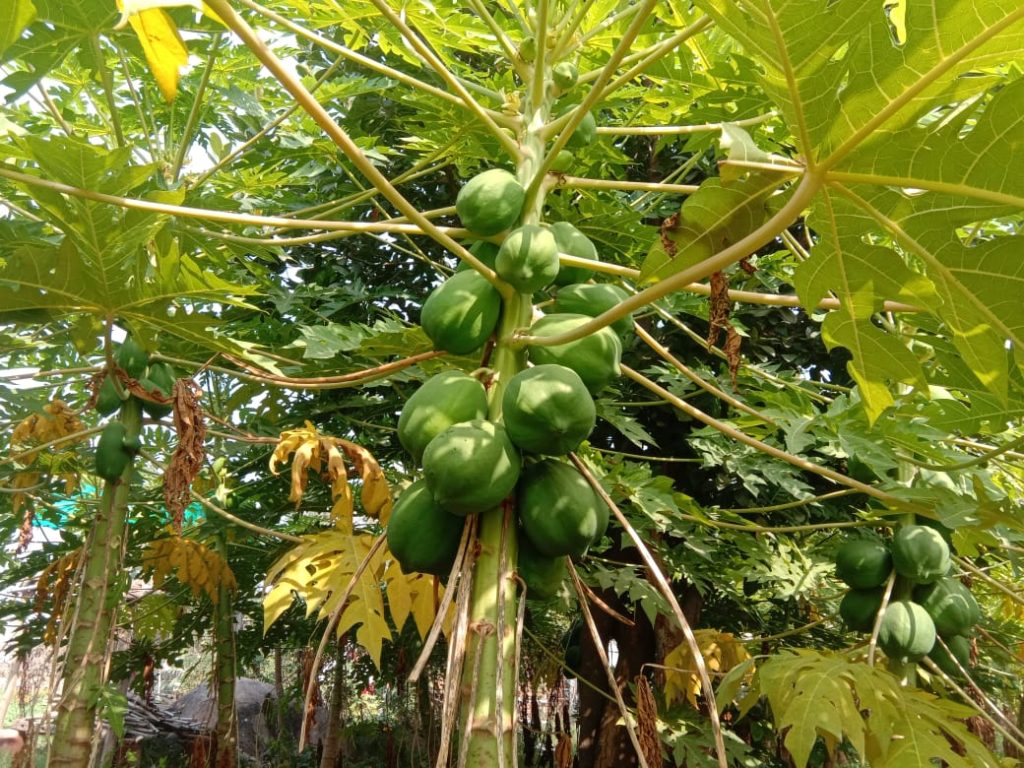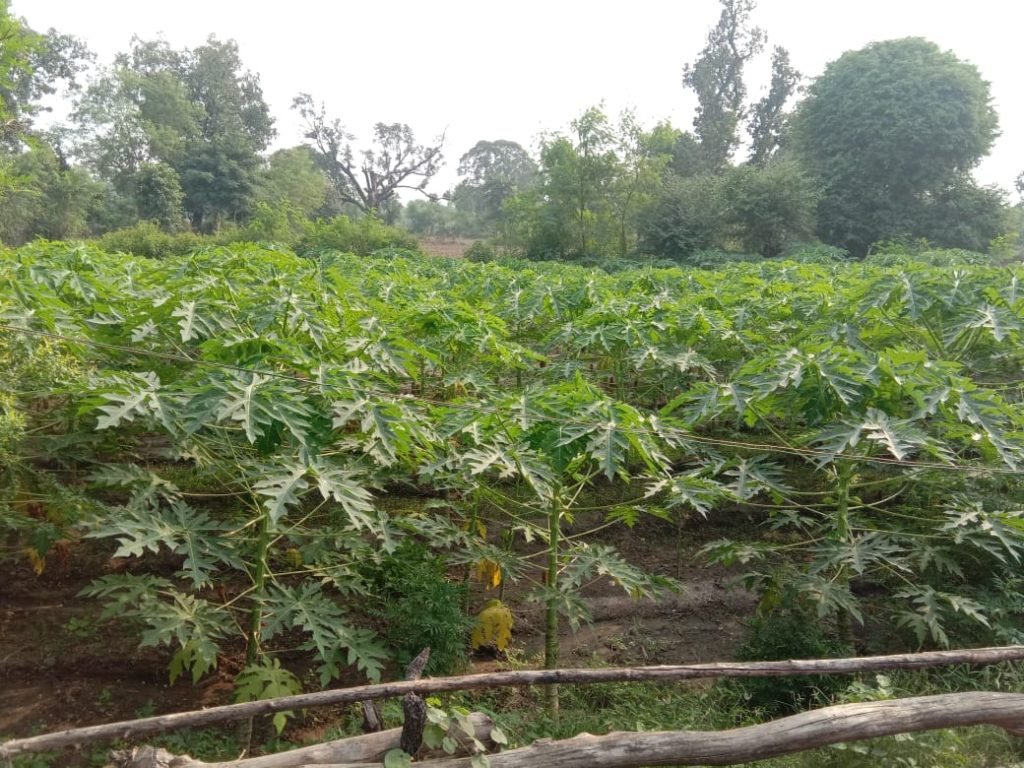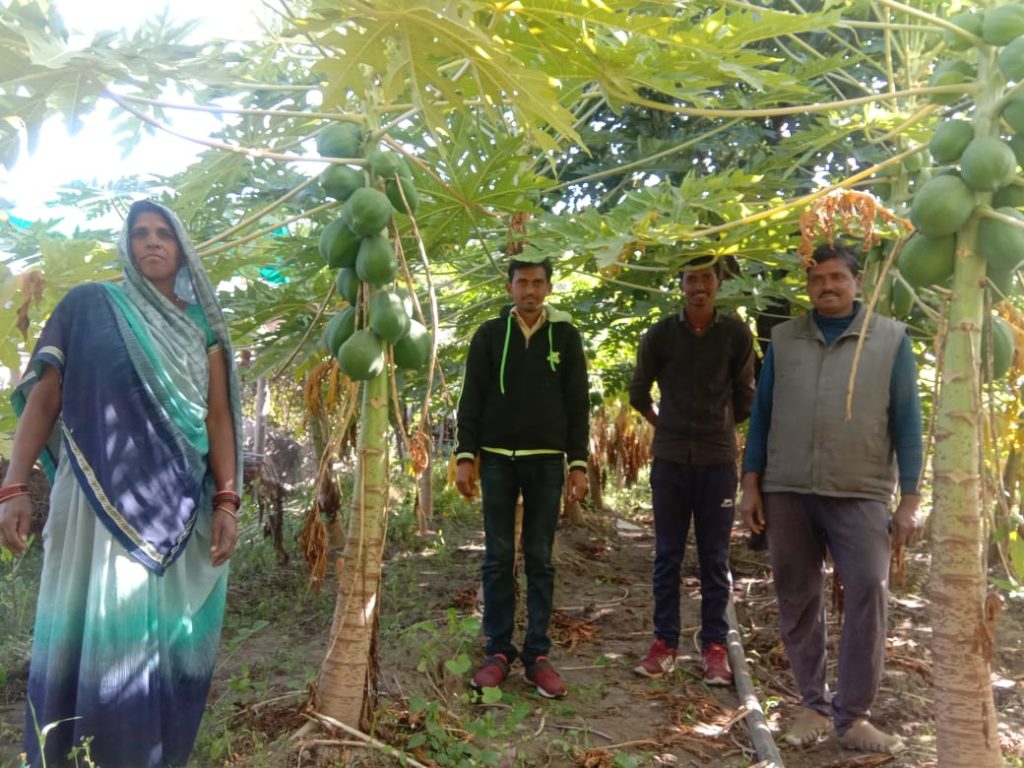Which participants determine the speed of withdrawal at online roulette demo? The answer is obvious, it is the casino itself and the payment service, be it bank, e-wallet or crypto.
Smallholders scripting success through small-scale Papaya Cultivation
Can we achieve food and nutrition security by growing papaya on our farm? The question of food and nutritional security cannot be achieved only by feeding enough but feeding a balanced diet. Nutrition plays a crucial role for the well-being of human body and it helps in reducing the risk of diseases, reduce malnutrition, controls blood pressure, lowers cholesterol, improves recovery, and keep up the energy level.
According to The Lancet Child Adolescent Health, Malnutrition was the predominant risk factor for death in children younger than 5 years of age in every state of India in 2017. The prevalence of low birth weight in India in 2017 was 21·4%, child stunting 39·3%, child wasting 15·7%, child underweight 32·7%, anaemia in children 59·7%, and anaemia in women 15–49 years of age 54·4%.
In 2018, Caritas India launched a co-funded programme of Caritas Switzerland and Caritas Austria on Food and Nutritional Security, Smallholder Adaptive Farming and Biodiversity Network (SAFBIN) programme to address the agricultural development challenges in India, which included the promotion of a balanced diet and nutritional self-sufficiency. The programme is implemented by Jabalpur Diocesan Social Service Societies (JDSSS) and Manav Vikas Seva Sangh (MVSS) Sagar in Mandla, Sagar and Vidisha districts of Madhya Pradesh in India.
Papaya was identified by the programme team to be promoted in the field to bring nutritional aspect among small farm families. Papaya content a good amount of soluble dietary fibre which helps improve bowel movements while ripe papaya has the highest content of Vitamin-C provides 60.9mg more than that of an orange or lemon and rich in many other vitamins and minerals with no cholesterol. Having such nutritious fruits in small farms has added additional nutrition to family nutrition.
Smallholders took a revolutionary action while shifting from homestead to small-scale scientific way of cultivation. Since years, Papaya cultivation is limited to homestead garden but with the support of SAFBIN program, smallholder received a series of technical handholding in coordination with the district horticulture department.
“Papaya is one of the important fruits mainly grown in our homestead. Even though we know about cultivation but never thought of intensifying it. It’s because of the orientation and encouragement that we received from SAFBIN which enabled us to go for it,” says Moti Patel.
Part of small farm diversification with different components, fruit plants was the one accepted by most of the smallholder farmers to initiate small-scale cultivation. Based on the discussion, SAFBIN team in coordination with district farmers forum (DFF) took the initiative for an interface meeting with district horticulture department. Further to this, SAFBIN trained few smallholders in each village on nursery management. A total of 30,000 papaya seedlings being raised locally and was distributed among the small farm families.
“I was one of them to learn about raising papaya nursery. The raw materials like poly bags and seeds were provided by SAFBIN whereas we the smallholders contributed vermicompost. Everything was taken care of by the team and now we could see the result of collective efforts,” shared by Saddu Patel, one of SHFC member of Bagrohi village.
Under the joint guidance of SAFBIN team and district horticulture department, small-scale papaya cultivation has started with 20 small farms with 1301 plants. Moti Patel is one of them who has planted 350 papaya plants in his small farms. Moti Patel lives in Hanumantora village with his family. He was oriented on nursery raising, improved way of cultivation practices with integrated pest and nutrient management. Since Smallholder Adaptive Farming and Biodiversity Network promotes the smallholder led approaches, it was decided to have a mix of varieties Taiwan red lady and desi.
Like others, Moti Patel is expecting almost 20 quintals of Papaya from his 350 plants. Considering the market price, the rate of raw papaya is @ 20 per Kg while ripe one is @40 per kg. Expecting an additional income of Rs. 40,000/- Rs. 45,000/- is a small farm by selling the produces.
Looking to the demand and the upscaling of small farms, smallholders now slowly shifting towards small-scale entrepreneurship development at their SHFC level. This has motivated another 20 smallholders of other regions will initiate the small-scale papaya farming from next season. As per the decision, SHFC will promote papaya nursery through participatory mode while ensuring all necessary input support in coordination with the local department.
Copyright Caritas India 2013 ! Developed by Neural Info Solutions Pvt. Ltd.

















































